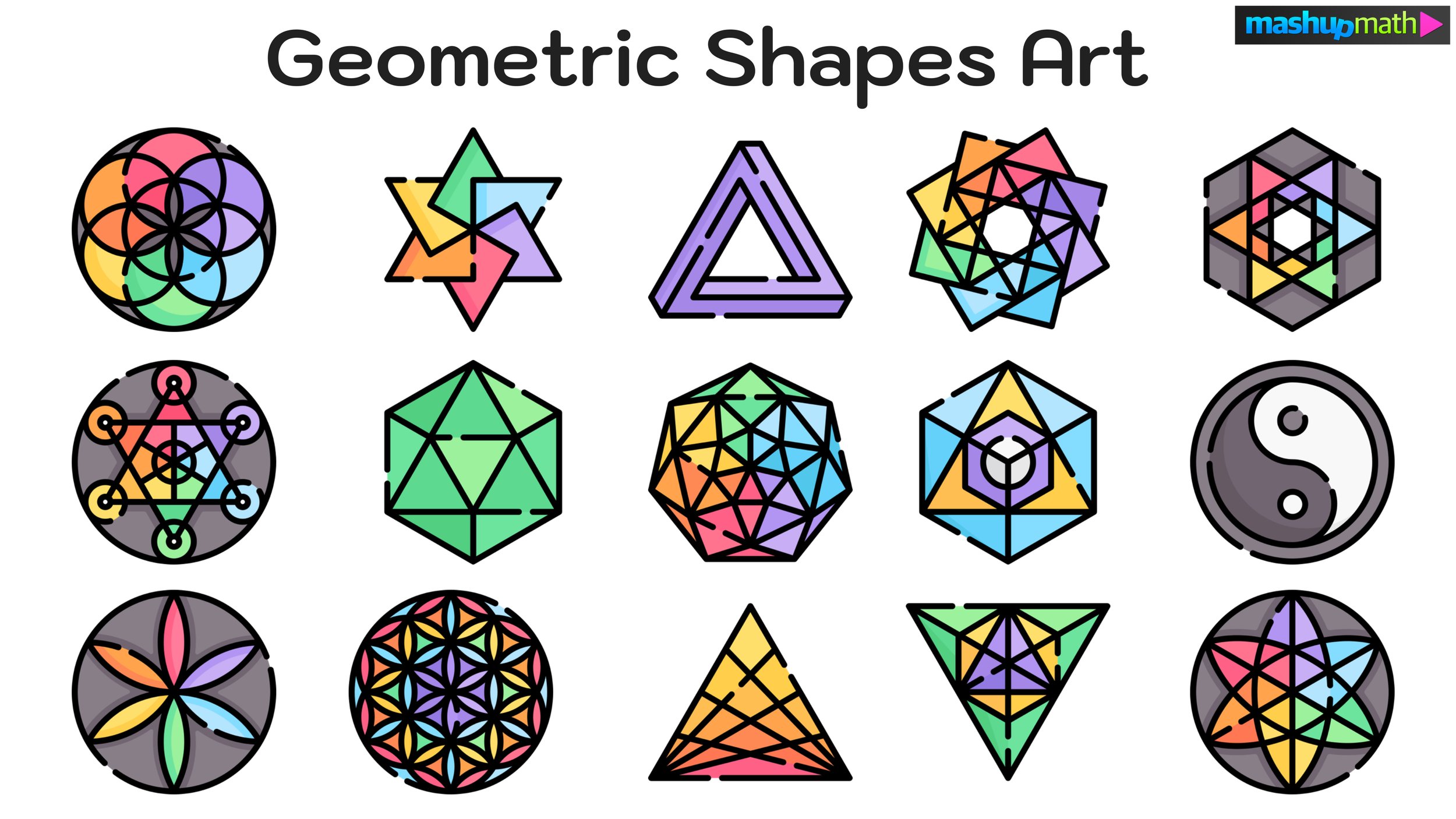
The inquiry into the geometric series that represents the decimal 0.4444 is both an engaging mathematical exploration and a gateway into the fascinating world of series and fractions. Decimal expressions can often be converted into fractional forms, allowing for deeper understanding and manipulation of numerical values in mathematics. In this discussion, we will methodically unravel the nature of 0.4444, its representation as a fraction, and the geometric series that encapsulates its essence.
Recognizing the significance of decimals and their infinite representations can be quite captivating. At first glance, 0.4444 appears as a simple decimal; however, its underlying structure reveals much more. The decimal 0.4444 can also be expressed as 0.4 repeating, or in a more formal notation, 0.4̅. This recognition leads us to consider the implications of repeating decimals and their transformation into fractions.
To convert 0.4̅ into a fraction, let’s employ a systematic method that involves a geometric series. A geometric series is defined as a series of terms where each subsequent term can be obtained by multiplying the previous term by a constant known as the common ratio. In this case, we can represent 0.4̅ as follows:
- 0.4̅ = 0.4444…
We can express this infinite decimal in terms of a series:
- 0.4̅ = 0.4 + 0.04 + 0.004 + 0.0004 + …
In this representation, we see that each term is generated by taking the preceding term and multiplying by a factor of 1/10, a clear indication of the geometric series structure. Here, the first term (a) is 0.4, and the common ratio (r) is 1/10. Thus, the terms of the series are indicative of the infinite continuation reflecting the value of 0.4444.
To find the sum of this infinite geometric series, we use the formula for the sum of an infinite series, which is given by:
- S = a / (1 – r)
In our case, substituting the known values yields:
- S = 0.4 / (1 – 1/10) = 0.4 / (9/10) = 0.4 * (10/9) = 4/9.
Thus, we conclude that 0.4̅ can be succinctly expressed as the fraction 4/9. This conversion not only elucidates the fractional representation of the decimal but also illuminates an underlying mathematical principle relating to convergence and divergence of series.
This conversion bridges a gap between seemingly disparate representations of numbers: the decimal and the fraction. Why is this significant? The realm of mathematics often revels in the capacity to unveil connections among various concepts, and understanding that 0.4̅ is 4/9 offers a glimpse into the intricate fabric of numerical relationships.
The appeal of geometric series extends beyond mere numerics. Delving into their properties illuminates the principles of growth and decay, as well as convergence to specific values. Each term in our series narrows down in magnitude, converging towards a definitive boundary—the fractional representation of 4/9. Such convergence is a demonstration of how infinite processes can yield finite, comprehensible results.
Moreover, the concept of repeating decimals invites a broader discussion regarding the density of rational numbers within the continuum of real numbers. It highlights how every decimal corresponds to a unique fractional counterpart, underscoring the richness inherent in numerical systems. Each rational number’s representation reflects a deeper understanding of proportions and relationships. In examining 0.4444, we confront the larger concept of how changes in scale and perception can generate varied interpretations of a singular entity.
Additionally, the exploration of geometric series encourages further consideration of irrational numbers and transcendental constants, juxtaposed against rational numbers like 4/9. The mesmerizing interplay between rational and irrational numbers symbolizes the complexity of mathematics. Through this exploration, one can appreciate the layers of abstraction and the sophisticated beauty inherent in mathematical theory.
In summary, the process of determining which geometric series represents the decimal 0.4444 leads us to a robust understanding of both the decimal and its corresponding fractional form of 4/9. This relationship illustrates foundational concepts of convergence within geometric series, while also illuminating deeper motifs about numerical representation and the connectivity of mathematical constructs. The conversion from decimal to fraction not only serves as an intellectual exercise but evokes a broader fascination with the underlying structures of numbers themselves.
As we conclude, it becomes evident that the marvel of mathematics lies in its ability to uncover profound truths through seemingly simple inquiries. The exploration of the geometric series corresponding to 0.4444 is a testament to the interconnectedness of numerical values, serving as an invitation to further delve into the enigmatic and tantalizing world of mathematics.
